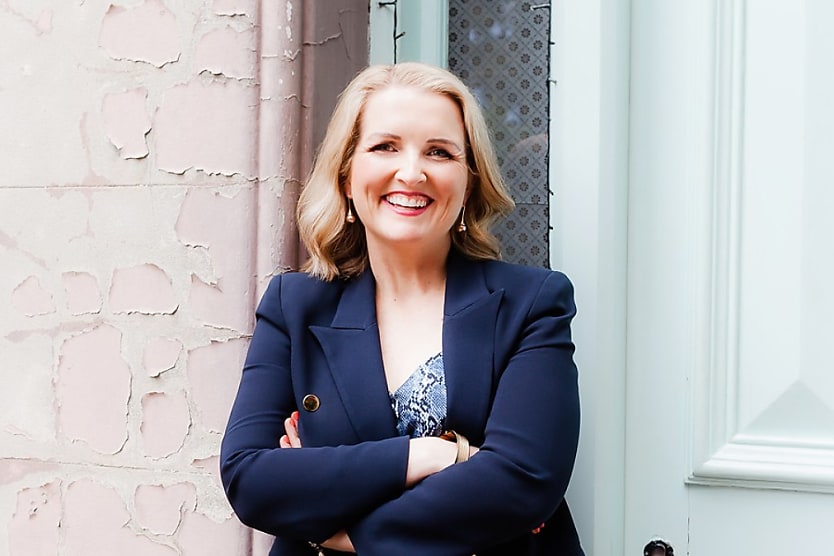
Organisations often look at generational differences as a roadblock to business outcomes, when in reality, it can lead to innovation and collaboration, boosting overall productivity.
The generational diversity in the workplace is the highest it’s ever been, with four generations of Australians now regularly working together, with a fifth on the way, just now graduating high school.
Careers expert Michelle Gibbings shared some key differences between the generations and how they approach work. To better understand each generation, Gibbings offered a list of their common and defining characteristics.
- Baby Boomers: “Known for their strong work ethic, and they often equate hard work with long hours. They value face-to-face communication and tend to be more hierarchical in their leadership approach.”
- Gen Xers: “Known for their independence and adaptability. They were the first generation to balance work with their personal lives, leading to the concept of work/life balance. They prefer a hands-off management style and value feedback.”
- Millennials: “Known for their tech-savviness and value collaboration and innovation. They prefer a flexible work environment and are comfortable with digital communication tools. They want continuous learning opportunities and feedback.”
- Gen Z: “The first truly digital native generation, who are comfortable with technology and digital communication (that’s their preference). They value diversity, inclusivity, and individual expression.”
These differences can manifest in the workplace and be a catalyst for a boost in productivity. The unique generational attributes can be a platform for collaboration between employees, because if someone lacks expertise in a certain area, their counterpart may have a great understanding of it due to the diverse skill sets.
“Gen Z is naturally savvy with tech that can be confusing or unfamiliar to older workers. Older generations can rely on Gen Z to help them adapt – but in turn, Gen Zers can look to their senior coworkers for advice on what to do when technology isn’t the best approach,” Gibbings said.
For this collaboration to take fruition, leaders must implore their employees to interact with each other on a consistent basis to ensure that they formulate those relationships.
“Different generations often have different preferred modes of communication, whether that’s talking in person, on the phone, over email, or through instant messaging,” Gibbings said.
“Encourage your teams to communicate their preferences openly. This can help you find the common ground where you focus on what is similar, while valuing what is different. As part of this, you can engage in joint goal and objective setting to determine how the team members can support each other.”
That overarching responsibility for team cohesion falls upon the shoulders of organisational leaders, but employees themselves can also put their best foot forward to ensure those relationships are built.
Gibbings offers tips for how employees can navigate that generational gap.
“Take the time to understand your colleagues, and don’t make assumptions or fall into the trap of stereotypes. For example, not all Millennials are tech-savvy, and not all Baby Boomers are resistant to change,” Gibbings said.
“During team meetings, ensure that everyone, regardless of their age or seniority, has an opportunity to voice their opinions. Seek out ways to connect and learn from each other.”
RELATED TERMS
An employee is a person who has signed a contract with a company to provide services in exchange for pay or benefits. Employees vary from other employees like contractors in that their employer has the legal authority to set their working conditions, hours, and working practises.
The term "workforce" or "labour force" refers to the group of people who are either employed or unemployed.
Kace O'Neill
Kace O'Neill is a Graduate Journalist for HR Leader. Kace studied Media Communications and Maori studies at the University of Otago, he has a passion for sports and storytelling.










